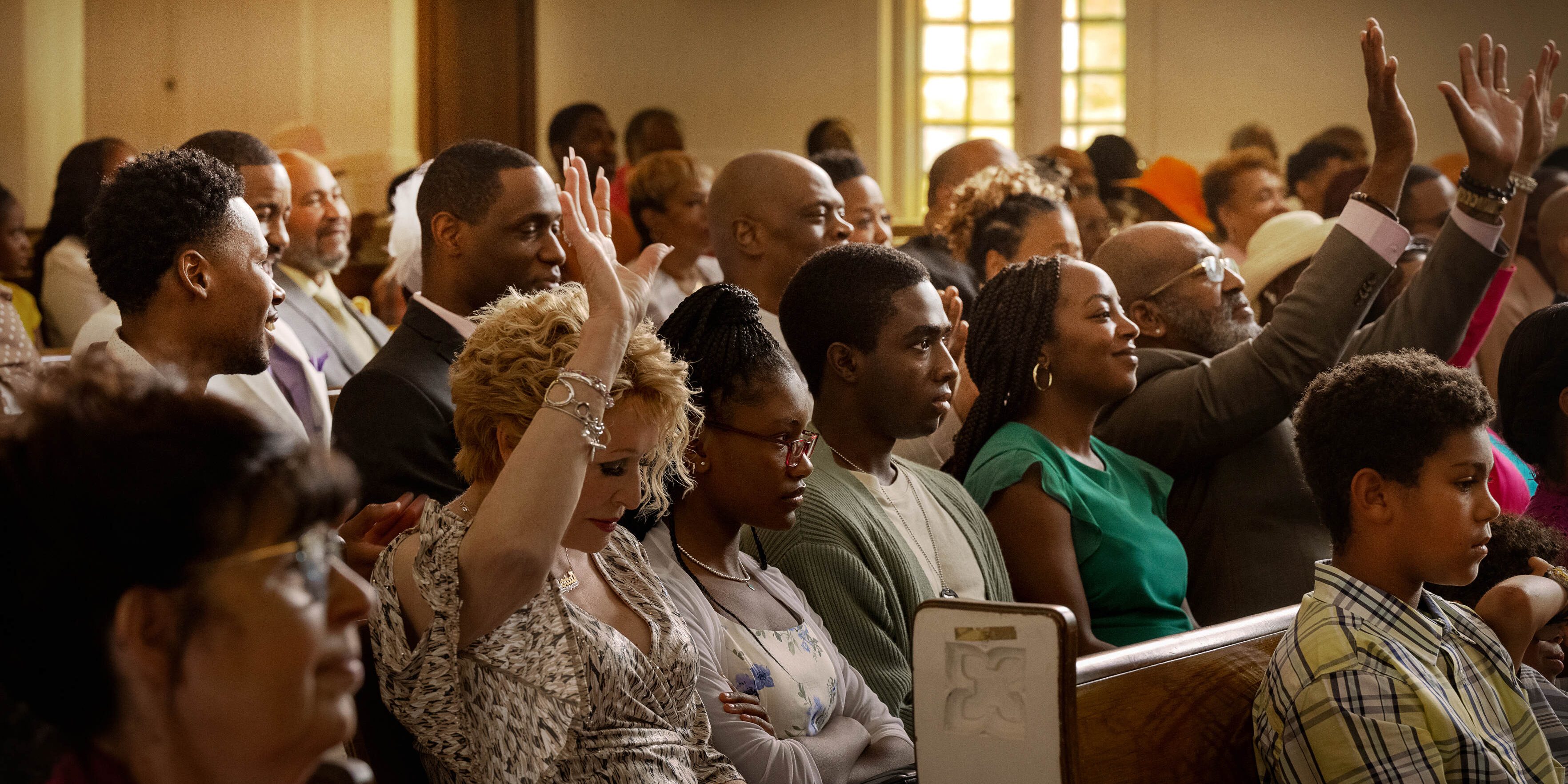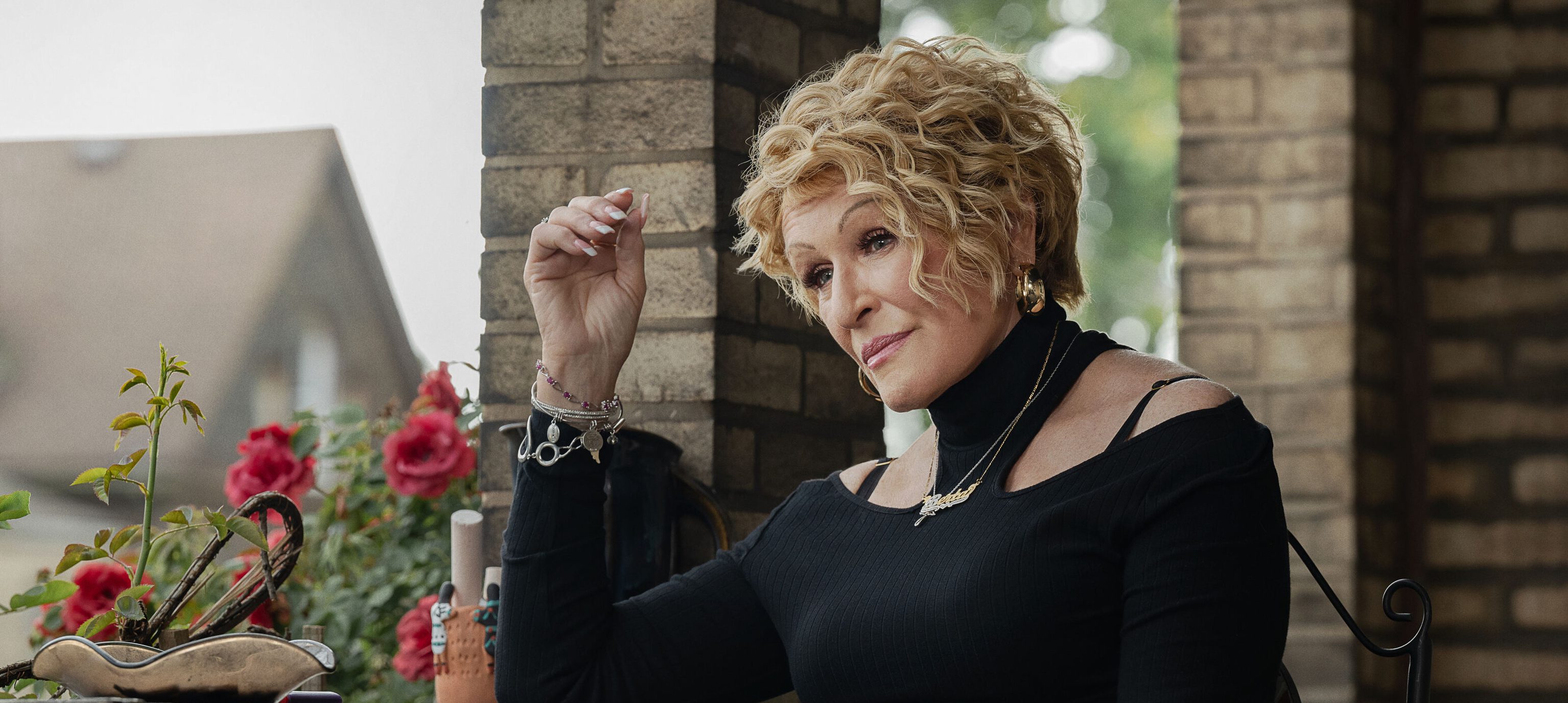In Netflix’s horror film ‘The Deliverance,’ Glenn Close’s character Alberta is a white woman with a Black daughter named Ebony Jackson. Since they are from different races, the people surrounding the family are puzzled about the young woman’s real motherhood. Melvin, who briefly dates the older woman for a while, even asks her whether Ebony is actually her child. David Coggeshall and Elijah Bynum wrote the supernatural thriller for Lee Daniels based on the true story of Latoya Ammons and her mother, Rosa Campbell. Alberta’s life and appearance drastically differ from her real-life counterpart, Campbell!
Rosa Campbell is Not a White Person in Real Life
Rosa Campbell, the mother of Latoya Ammons, is a Black woman like her daughter. Lee Daniels and his screenwriters, David Coggeshall and Elijah Bynum, created ‘The Deliverance’ with considerable creative liberty. The changes they made include Campbell’s fictional counterpart becoming a white woman. As far as the highly fictionalized narrative of the film is concerned, Alberta is the biological mother of Ebony. The daughter was conceived by her and a Black man who was part of her past. Daniels wanted to represent white women who lived in African American communities with Black partners by changing the race of Campbell’s fictional version.

Rather than from Latoya’s real-life case, Daniels sought inspiration from the women who lived around him to create Alberta. “She [Alberta] is based on white women [who] just live in a Black world, [who] have Black kids, [who] have immersed themselves into [the] Black culture, and [who] are loved by Black people,” the filmmaker told IndieWire. “I don’t think a lot of white people will understand her, a lot of straight white men won’t understand her, but I think the gays just sort of get it. African Americans, who I made the film for, because we never see this character, we have never seen this person onscreen before, will get it,” he added.
Alberta and Rosa Campbell Have More Differences Than Similarities
While conceiving Alberta’s appearance, Lee Daniels didn’t want Glenn Close to share similarities with Rosa Campbell. Instead, he looked into his past and culture to give the actress a makeover. “We specifically went out to make her [Alberta] dress like the women I know, the women I grew up with that only dated Black men, that were of the culture. Hoops, cutoff jeans, stuff that didn’t fit her at all. Poor Glenn! She’s a trooper,” the filmmaker said in the same IndieWire interview. Daniels also instructed Close to gain weight so that she could match his vision for Alberta.

Daniels had integrated several nuanced details to make Alberta a part of the Black culture. In one particular scene, we can see her braiding the hair of her daughter, Ebony, similar to how the latter does with Shante’s hair. She also does not have any problem being one of the very few white people, if not the only one, in her predominantly-Black church. As the supernatural drama opens, we see her enjoying a sermon surrounded by Black people. She feels at ease in the African American community despite her being white.
The differences between Alberta and Campbell extend to the former’s illness. The character is a cancer patient in the horror thriller, and she regularly goes to a clinic for chemotherapy sessions. In reality, however, there aren’t any reports that state that Latoya Ammons’ mother was suffering from the disease. Alberta’s death is another fictional development. The alleged demonic presence in her house in Gary, Indiana, did not kill Campbell. The real-life woman moved to Indianapolis, Indiana, with her daughter alive. According to her interviews, the supposed supernatural entity did not directly harm her at all.
Even though ‘The Deliverance’ is based on Ammons and Campbell’s lives, Daniels made the film to represent and communicate with his African American culture. He didn’t want the movie to become just another horror film. Through Alberta, the director ensured that a section of his community would be represented on screen, even if it meant diverting from the character’s real-life counterpart’s traits and features.
Read More: Is Churchill Behavioral Health Center an Actual Health Center in Pennsylvania?


You must be logged in to post a comment.